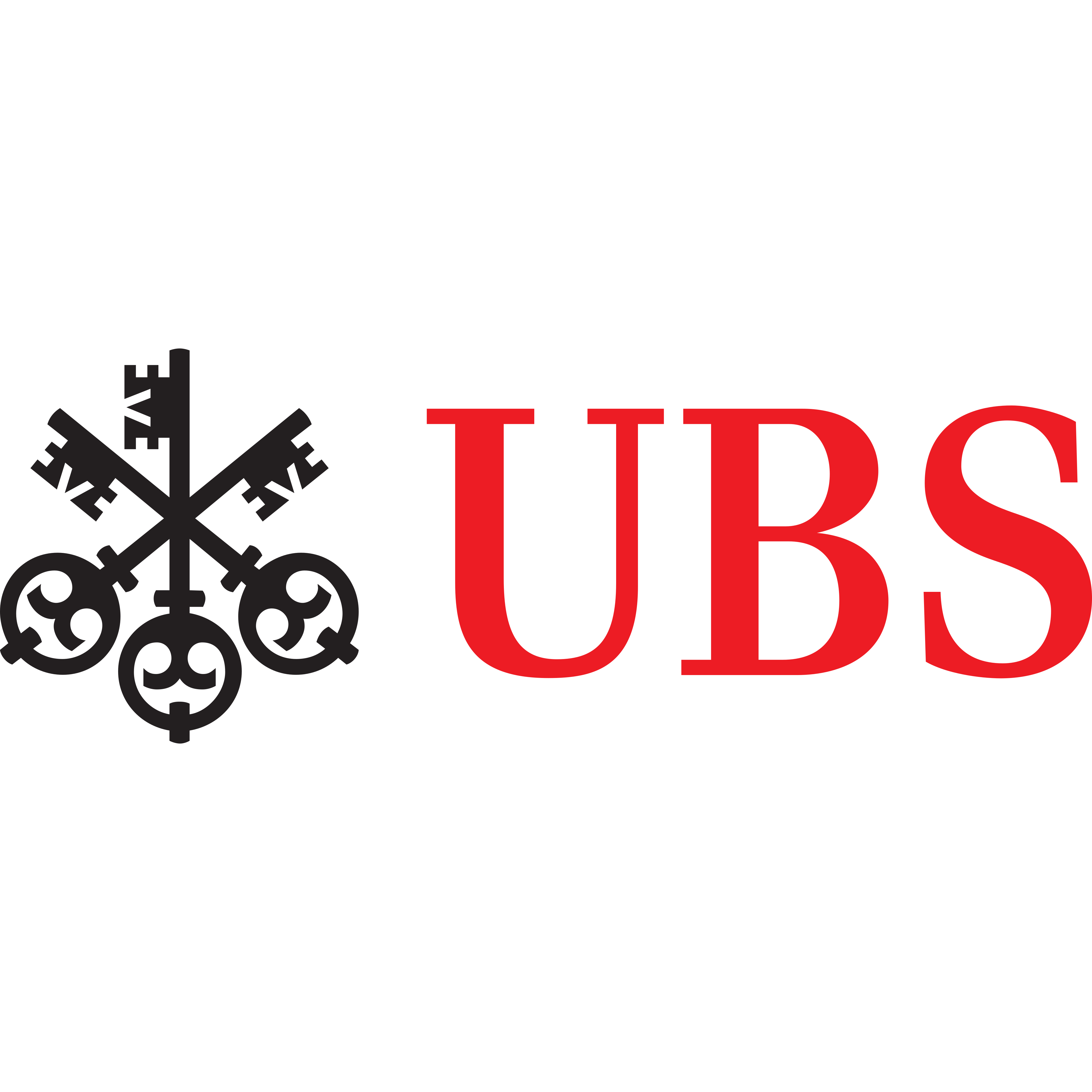With almost 50% market share, BlackRock is the dominant force within the European ETF market but what has driven the world’s largest asset manager to this position today?
Last month, BlackRock founder, chairman and CEO Larry Fink revealed he is seeking out “transformational” opportunities to drive the group’s next stage of growth.
“It is through inorganic opportunities that we look at if we can expand our footprint,” Fink said. “If there is an opportunity to do something transformational, we are going to be prepared to do it.”
BlackRock’s readiness to transform its business has been the key to its success. Originally known for its skill as an active fixed income manager, the firm has become the world’s largest money manager with $9.1trn assets under management (AUM).
Nowhere is BlackRock’s transformation more evident than in European ETFs, a market it has positioned itself as the leading force ahead of its rivals. Highlighting this, the firm’s AUM now totals €629bn, a 44.4% market share, as at the end of Q1, according to data from Morningstar.
This dominance was never guaranteed. With the first ETF launched just over 20 years ago in 2000, the major players were typically the asset management arms of European giants such as UBS, Deutsche Bank and Société Générale. The incumbents embedded themselves in local markets and gained significant AUM from local investors as well as from their own in-house multi-asset teams.
At the time of the Global Financial Crisis (GFC), ETFs were a strange outlier of the asset management industry with just a few outsiders forecasting the dramatic growth the market has seen in recent years.
Barclays’ Bob Diamond and John Varley were not one of these outsiders. Strapped for cash and needing to offload some of the firm’s assets during the GFC, the duo were on the hunt for buyers of their prized Barclays Global Investors (BGI) business.
Having originally agreed to sell the ETF arm of BGI – iShares – to CVC Capital Partners, Fink implored them to sell BGI in its entirety to BlackRock instead. In a deal worth $13.5bn, BlackRock had secured a business with $2.7trn AUM and one of the leaders in the fastest growth areas of asset management.
The acquisition, which has subsequently been described as the deal of the decade, meant BlackRock joined its rival State Street Global Advisors (SSGA) in looking to disrupt the European giants in the ETF space.
This proved a far easier task for BlackRock, whose iShares business already had $495.5bn AUM globally, as at the end of 2009, and a dominant foothold in the UK thanks to Barclays’ homegrown position.
With the key to success in the early years of the European ETF industry driven via acquisition, BlackRock was helped by Barclays’ acquisition of Indexchange from Hypovereinsbank in 2007. Not only did this bring Europe’s first bond ETF in-house – launched in 2003 – but it gave BlackRock a strong foothold in Germany.
Meanwhile, just a year before, BlackRock acquired Merrill Lynch Investment Managers, a firm that brought Europe’s first ETFs to market in 2000. The ETFs are now called the iShares Core EURO STOXX 50 UCITS ETF and the iShares STOXX Europe 50 UCITS ETF.
But Fink and his firm’s true intent for Europe was subsequently revealed in 2013 when it bought Credit Suisse Asset Management’s ETF arm, the fourth-largest ETF issuer at the time, in a $300m deal. This gave the world’s largest asset manager a strong presence in Switzerland as well. Combined with the UK and Germany, this positioned BlackRock in three of Europe’s biggest ETF markets.
Now, BlackRock eyes the growth of retail investors as the next big opportunity in European ETFs. The firm, which is forecasting 6.6 million new ETF investors in the next 12 months alone, has invested in neobroker Scalable Capital, a company with over one million monthly ETF stock and savings plans on its platform.
The deal of the decade – the purchase of BGI in 2009 – was a crucial factor in driving BlackRock to where it is today in European ETFs. The low-margin business of passives was a shadow of what it currently is but ETFs have become such a core part of investors’ portfolios that BlackRock looks well set for the next decade and beyond as well.









